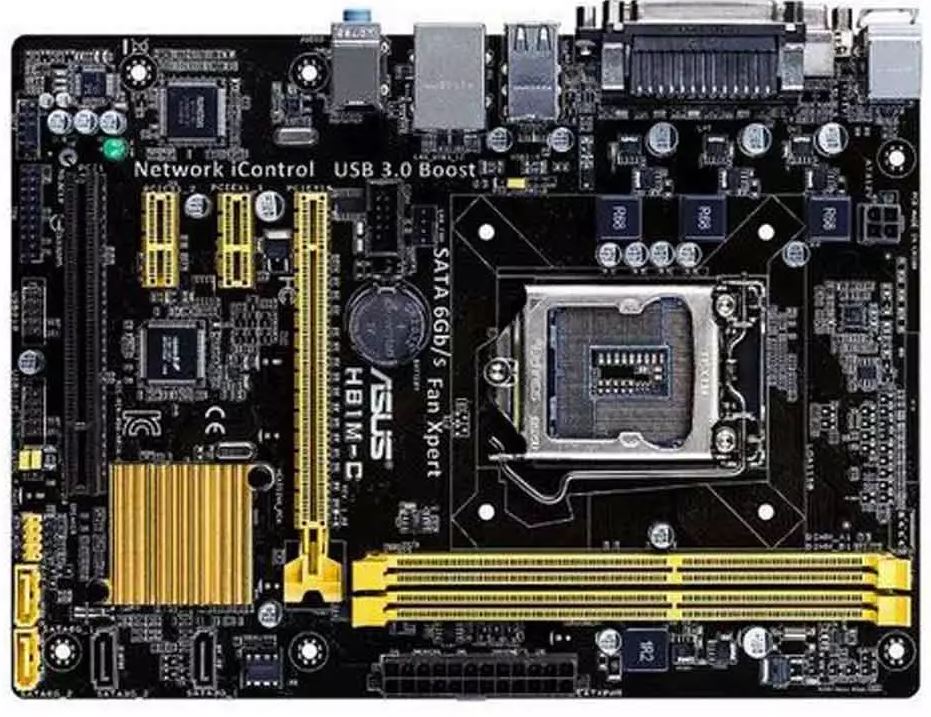Motherboard
Choosing the best motherboard for gaming (or really the best board for another type of computing task) is an essential step in your system build, even though things like CPUs and graphics cards usually get more attention. Essentially, every part of your PC plugs into your motherboard. Its form factor (ATX, E-ATX, Mini ITX, etc.) will dictate the size of the PC case you'll need to use. And a board's socket and chipset will determine which processors you can install.
If you’re unsure which motherboard chipset you’re after when choosing the best gaming motherboard, or you have other questions that aren't addressed here, you can visit our motherboard basics page and our motherboard buying guide features to help narrow down your options.
The picks below start with recent Intel motherboards (with AMD motherboards further down), including the best gaming motherboards designed for Intel's latest 12th Gen "Alder Lake" and upcoming Raptor Lake CPUs, as well as older 11th Gen "Rocket Lake" and "Comet Lake" processors. You'll find our recommendations for the best motherboards for Z690, B660, H610 and Z590 here (with Z790 on the way soon), as well as Intel's aging high-end desktop (HEDT) LGA-2066 socket and X299 chipset, supporting the X-Series and Extreme line of processors.
The best gaming motherboards for AMD CPUs (including Ryzen 5000 and Threadripper) follow our Intel picks below. For more on that front, you can also head to our dedicated pages for the best X570 motherboards and best B550 motherboards for more specific tested recommendations and picks. And stay tuned for our picks for X670E and X670 motherboard options in the coming weeks as well. With Ryzen 7000 now out in the wild, we're actively testing motherboards with AMD's 32-thread Ryzen 9 7950X now, and B650E and B650 boards should follow soon after at more affordable prices.
That said, last-gen Ryzen 5000 processors and AM4 motherboards are still capable performers, and enticingly affordable (and likely to only become more so in the near-term). But just know that if you opt for an AM4 motherboard now you are buying into a dying last-gen platform. Most (if not all) new AMD processors will be released on the new AM5 socket/platform, solely with DDR5 support. Like AMD's now last-gen AM4, Intel's Z790 (and existing Z690)-chipset motherbaords still support the older, more affordable DDR4 RAM on some models.
Quick Motherboard Shopping Tips
When choosing a motherboard, consider the following:
Get the right socket for your CPU. You can find great CPUs from either Intel or AMD. But whatever processor you choose, make sure that your board has the correct socket to support it. The latest mainstream AMD chips use AM4 CPU sockets while Intel's 10th Gen and 11th Gen Core CPUs require LGA 1200 sockets, while 12th Gen (Alder Lake) uses LGA 1700, as will upcoming 13th Gen (Raptor Lake) CPUs.
Smaller boards = fewer slots and features. Motherboards come in three main sizes--for more info see our diagram and explanation of motherboard parts. From largest to smallest, there’s ATX, Micro-ATX and Mini-ITX. (Yes, Mini is smaller than Micro). You can use a smaller chassis with the micro or mini boards, but you'll have to settle for fewer card expansion slots, sometimes fewer RAM slots, and other connectors.
Pay for built-in Wi-Fi and high-end ports only if you need them. Don't spend extra for wireless if you are using Ethernet. You can future-proof your PC by getting USB 3.2 Gen 2 and/or Thunderbolt support. But Thunderbolt is very rare on AMD motherboards.








